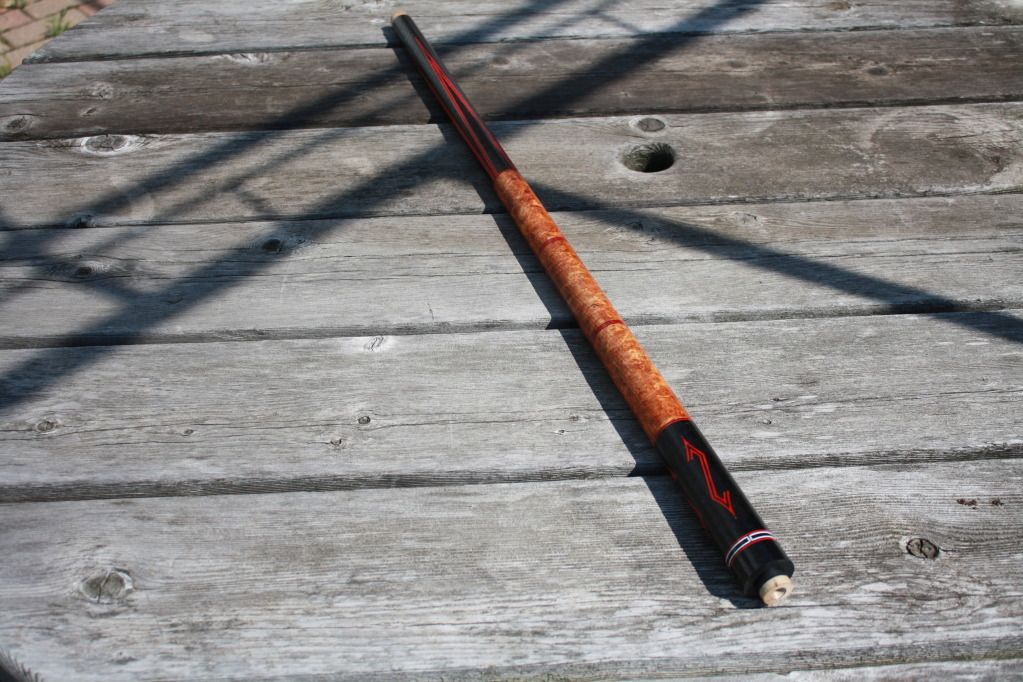how? or what? would the internal structures affect be on the shock wave,
different materials, sizes...ect.
is that tesla guy the same one thats make the cars? or did he start the
company?
thanks.
Hi,
The total area of the cone increases as you go out on the X and this increased surface defuses the energy because the footprint of aspect ratio area gets larger. The rate of this diffusion is defined by the taper. I know we are splitting hairs here but hairs can be split.
I hope the OP excuses this highjack but I have been a Tesla fan since I was 13 years old:
Nicola Tesla was the greatest genius and his contributions changed the world we live in in such a profound way it is unreal and incomparable to any other human being. Here are just some of his contributions to humanity from my memory of the topic:
Developed the concept of the Polyphase motor and is the father of Alternating Current which is the basis for the power grid and power distribution world wide.
Invented the coil.
Invented the Cathode Ray tube and was the father of Television.
Father of Radio. Was the first person to demonstrate wireless radio intelligence ( before Marconi ) and demonstrated the concept in front of the top electrical engineers of the day at Madison Square Gardens in the early 1890s.
Experimented and proved the Franklin theory of electron flow to be wrong concerning the earth's polarity.
Invented the florescent bulb.
First to use X-Ray technology, Sonar and Radar
His studies in high frequency and high potential wave theory led to micro wave and laser technology 50 years later for the star wars space weapons for locking on and destroying ICBM missiles.
Developed torpedo and missile guidance system for the US Government.
Pioneer in low frequency pulse theory that is the wave length that we communicate with submarines around the world by by send signals into the earth.
He developed the Wardencliff Tower which if were duplicated all over the world would give all nations free electrical power using the earth's magnetic flux to supply power from the earth itself. The prototype project was funded by JP Morgan and was shut down when Morgan asked Tesla where the meter would be attached. Tesla was a humanitarian and had no interest in commercial interests.
There are many other things that Tesla pioneered and developed and he had hundreds of patents which other persons and corporate interests made billions of dollars on. Once Tesla got one of his projects to a situation where he was satisfied with his accomplishment, he would become bored and moved on to the next interest. He was showered with benefactors and money his entire adult life and was only interested in science and his quest for more understanding.
If you research his name before 1980 you will find very little info other than the coil and AC Power thing because he and George Westinghouse won the power distribution war between AC or DC being the standard for the power industry. They went up against the biggest financial and industrial people in the world who were invested in DC. After their loss they made every effort to buy out and ruin Westinghouse and destroy Tesla from history because of their control in publishing.
Today with the internet, the hold on Tesla's accomplishments and blackballing is not as big of a barrier to his legacy. There was also a raciest factor involved because Tesla was from the mountains of Croatia.
When Tesla found out that his good friend George Westinghouse was losing his company because of the fat cat rat fink Kabul lead by Thomas Edison, Tesla ripped up his royalty contract so Westinghouse would have the capitol to fend off the stock takeover. He did this for his friend and the person who believed in Tesla's vision concerning Polyphase AC power distribution when it was just a dream.
That contract that he ripped up was the largest contract in world history to the benefactor of the royalties. Tesla owned a contract that would have made him the richest man the world could have ever produced because is was to received 1 dollar for every 1 horsepower of any item built using or generating AC as a source. This was at the begining of the industrial revolution. A pretty good friend I would say.
Some of the great minds in academia did some studies that were double blind evaluations that took place at Stanford, MIT and Princeton concerning the statistics relative to Tesla's contributions and impact on humanity as a scientist and inventor. The odds of one man making the type of contributions he made was astronomical and a mathematical impossibility.
On all three of the surveys seeking mathematical and statistical input from the top minds from academia the results all came back with the same conclusion. Tesla was a Superman and because of the numerous advanced world and culture changing technologies he gave to human kind, you could not rule out the notion that he was not an extra terrestrial.:nono:
Rick
Check out this video:
http://www.youtube.com/watch?v=eoY_7mbm5ng




